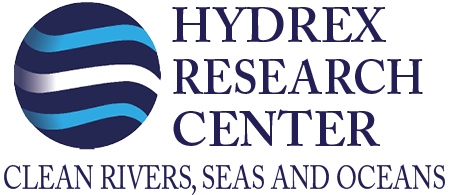This project continued the work previously done in the laws and regulations study and the research into turbidity. It focussed on introducing an innovative dredging method to the Dutch dredging market.
The research involved setting up a theoretical framework for a new method that limits the turbidity produced by dredging. A complete process analysis was performed including a stakeholder and scenario analysis. The analysis was centered on a case study that had the Waterschap Hollandse Delta as location. The Waterschap covers a large part of South-Holland. The outcome of the study was a best fit scenario that recommended the removal of sediment contaminated with PFAS as the most promising application for the new dredging method.





